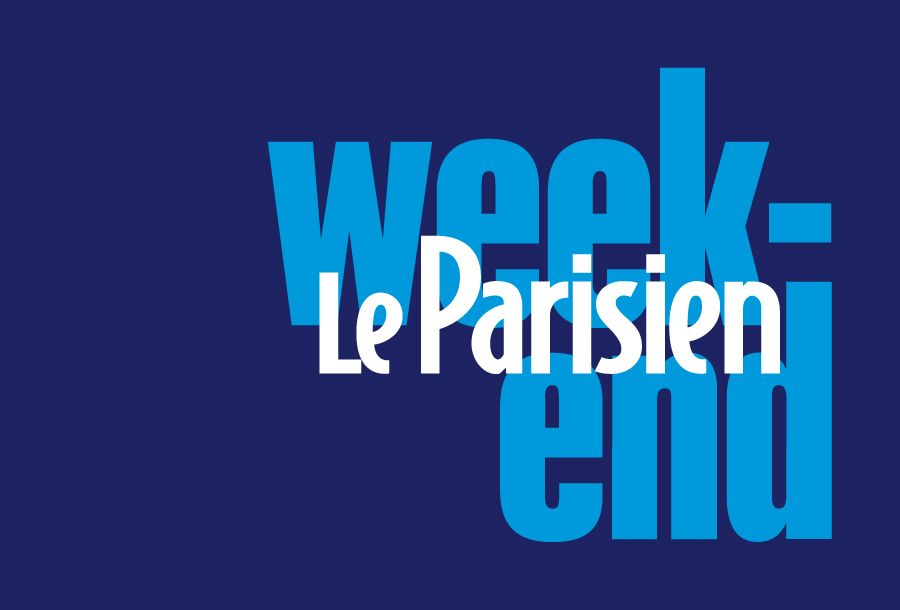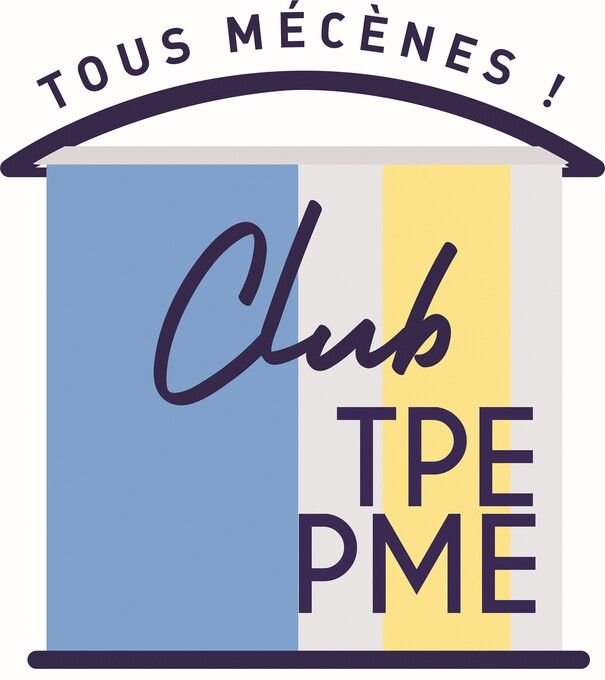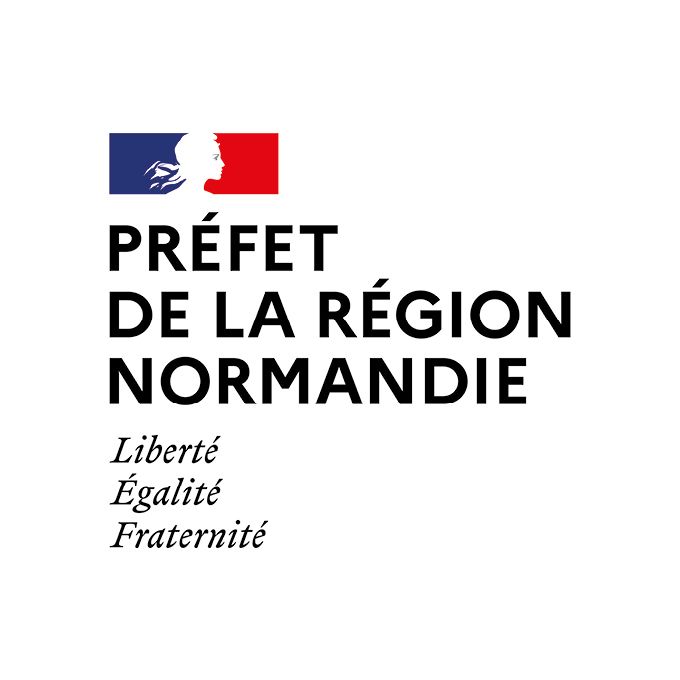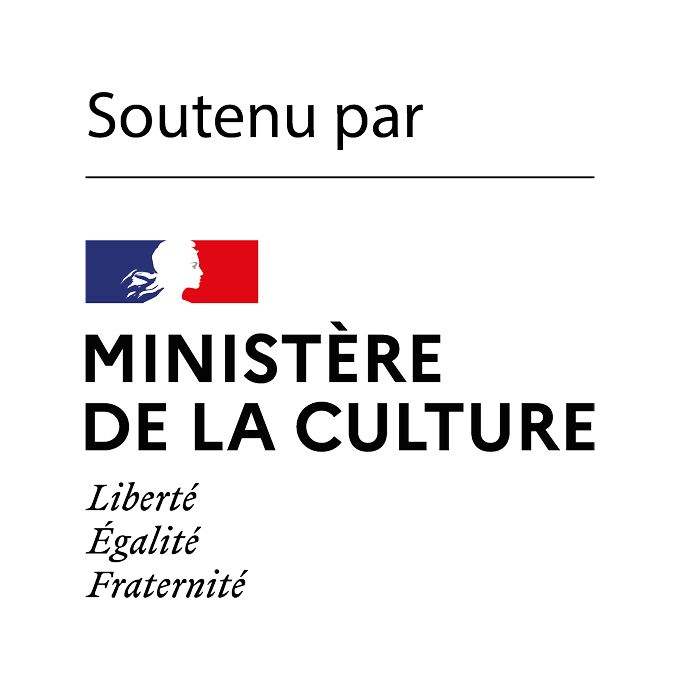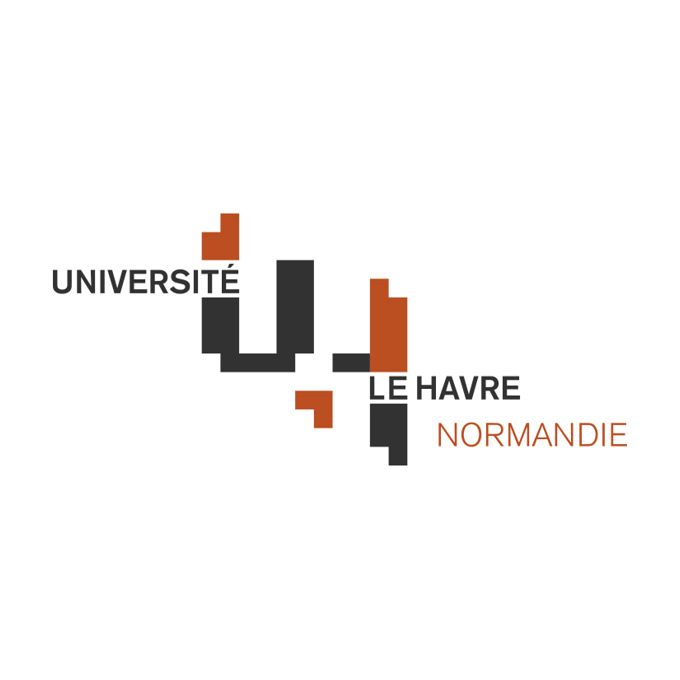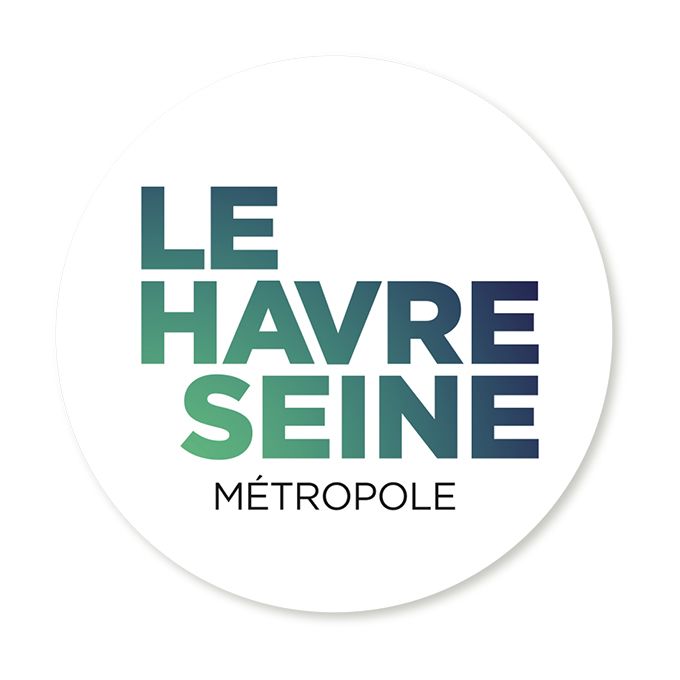Les portes deMossoul
Louis-Cyprien Rials
Hanging Gardens
10am - 6pm every day.
Since visiting the Islamic State front line in 2015, Louis-Cyprien Rials has nurtured a fascination for the city of Mosul.
For several centuries, Jewish, Muslim, and Christian inhabitants coexisted within old Mosul, where they had the richly crafted doors of their homes carved from local alabaster, used for churches, synagogues, or mosques. This tradition endured until the liberation of Mosul in 2017, during which bombings destroyed much of the city.
To account for this lost, destroyed, or stolen heritage, Louis-Cyprien then considered reconstructing three doors, one for each of the monotheisms that have historically shaped the city. Jewish, Christian, and Muslim doors were thus recreated with the help of Iraqi expert artisans, and now conceived as monuments. Engraved on both sides, each door preserves a part of the visual identity of the city's communities.
Eighty years after its destruction by the Allies, Le Havre celebrates in 2025 the twentieth anniversary of its UNESCO World Heritage listing. In 2018, UNESCO launched "Revive the Spirit of Mosul," a vast program for the reconstruction of heritage sites destroyed by war. Gathered in a circle at the Hanging Gardens of Le Havre, overlooking the reconstructed city center and the maritime horizon, Les Portes de Mossoul highlight and celebrate the commonalities shared by cities
Les Portes de Mossoul by Louis-Cyprien Rials were created in co-production with Galerie Éric Mouchet, under the high patronage of UNESCO, with support from the Cnap and the Institut Français in Baghdad, Iraq

.jpg)
.jpg)
.jpg)

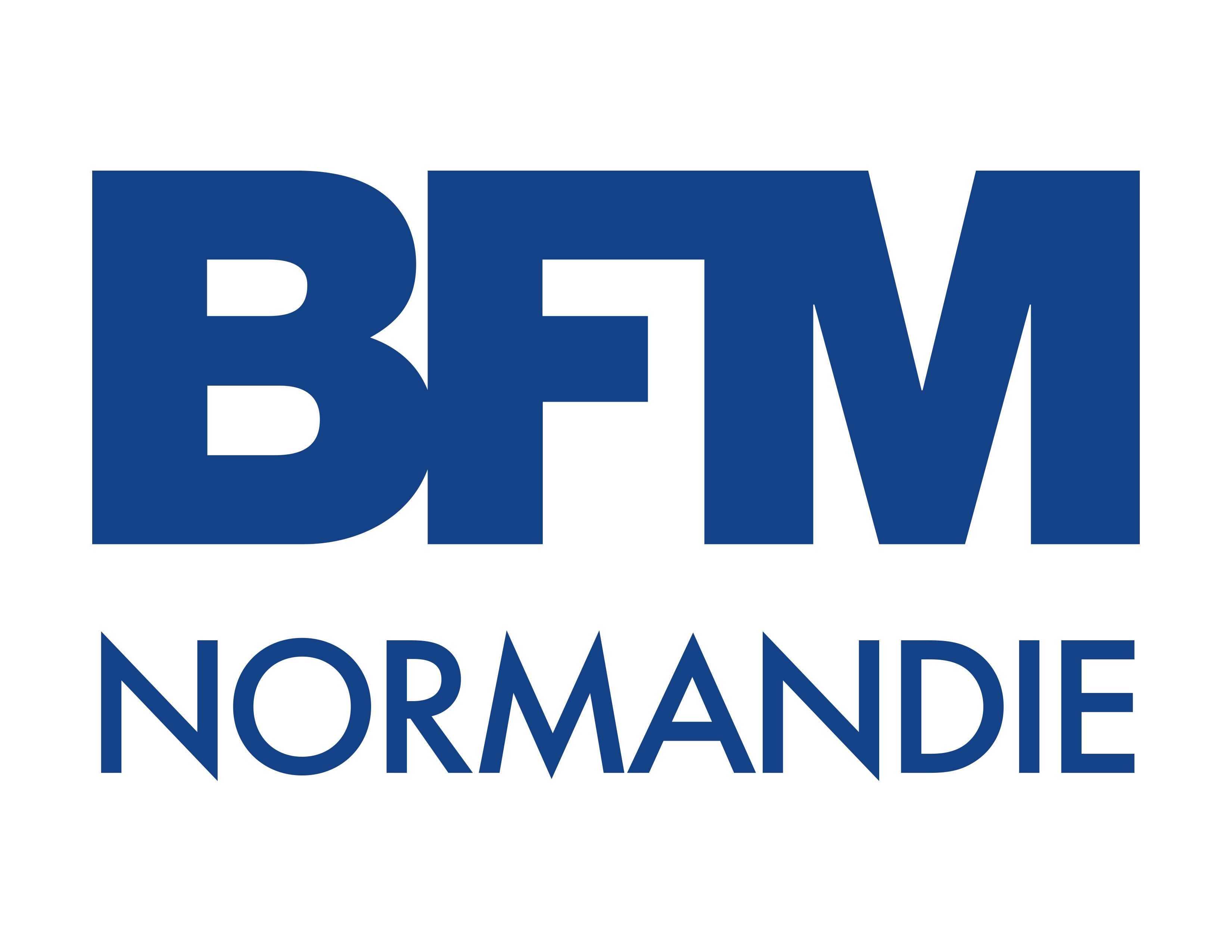
-641076cd.png)
